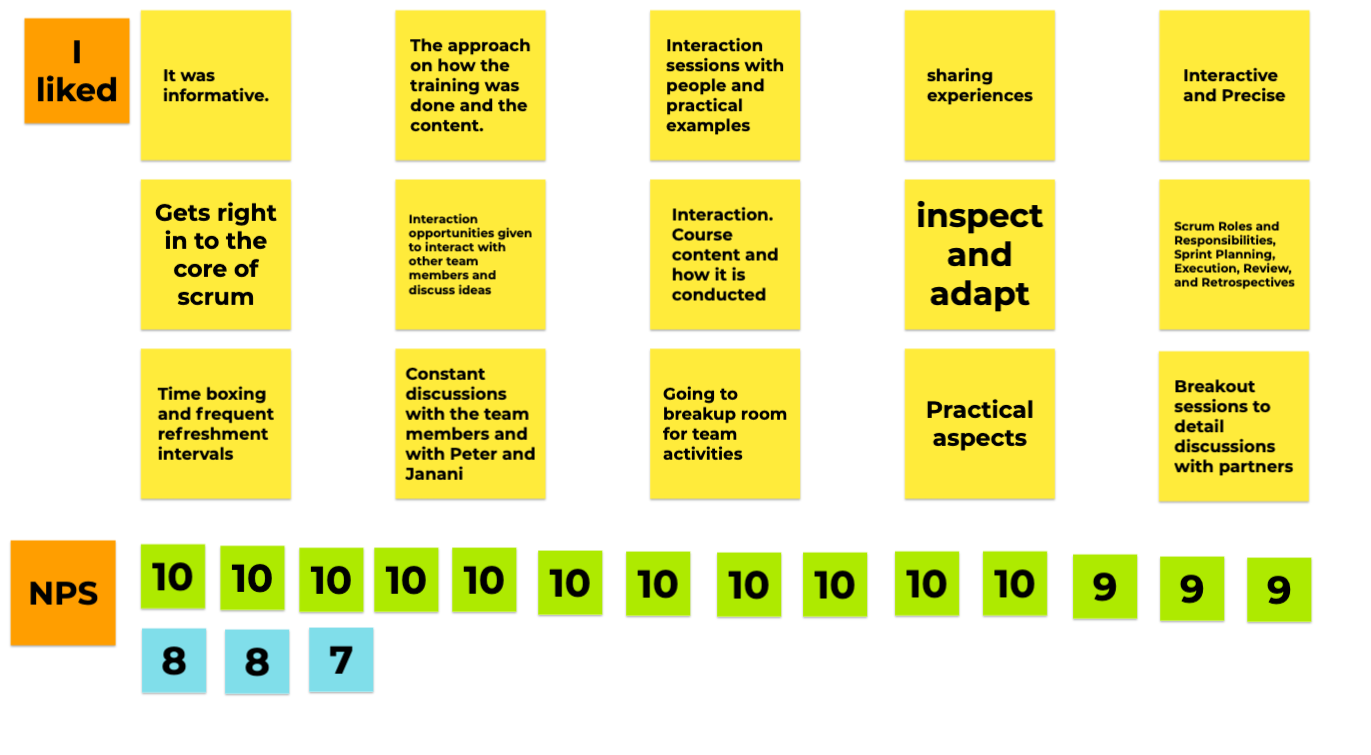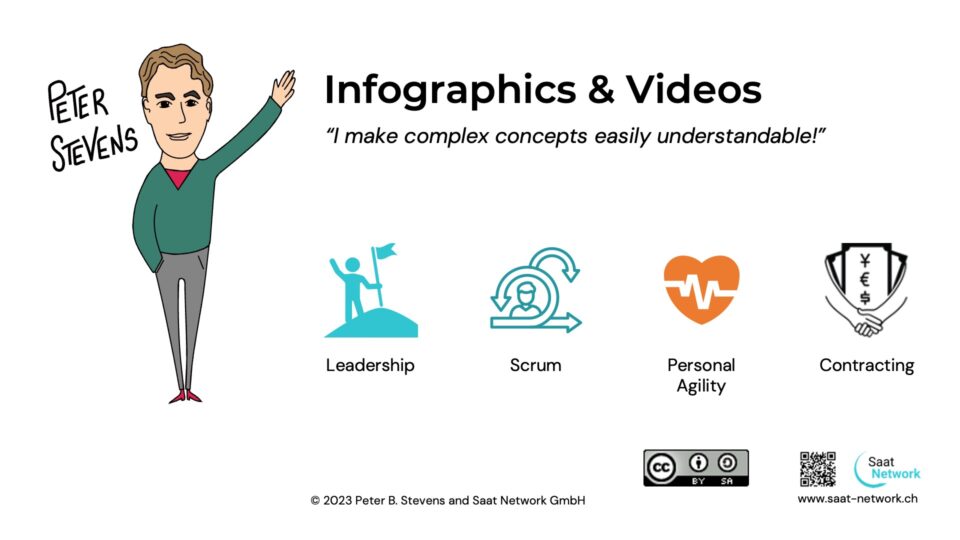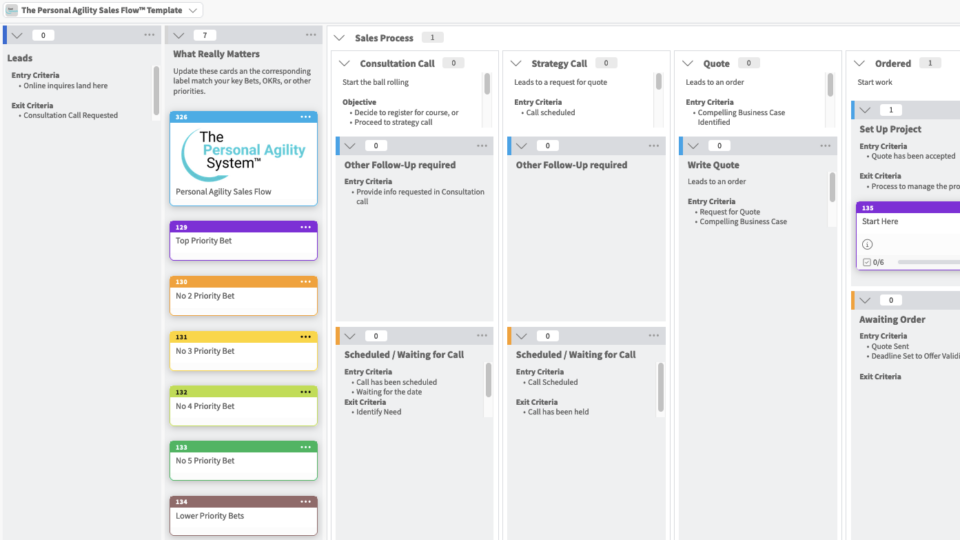
What if work-from-home is here to stay?
22-04-2020
Trying out Jamboard for online sticky notes
24-05-2020
“My career got a big boost from Peter’s training!”
I spoke recently with Francesco Ambrosiano, now Head of Product at Nanos in Zurich, Switzerland. Here is what he had to say about his experience in my Scrum training and the impact this training had on him: “My career got a big boost from Peter’s CSPO training. What I learned gave me a new way of thinking and new tools for my job. The learnings were an important part of the process and credibility of being a Certified Scrum Product Owner® was important as well.”
Before his Scrum training, Francesco was a UX/UI engineer with some product owner responsibilities at Nanos. He was not new to Scrum, having been part of Scrum teams in three different startups. “In many companies it is not clear how to apply agile and Scrum in a startup context. The companies work in Scrum in different ways.”
The challenge is to explain to people how to work and why to work this way. The other challenge is to get the stakeholders to accept the methodology. Explaining means helping the stakeholder to understand the Scrum approach why it is in their interest to apply it.
“I was looking for a more structured approach and not to waste time. In a startup, time is everything. I wanted to achieve more for the product in less time. We want to test our product and features as soon as possible to validate that we are on the right track.”
Francesco and his team were able to create a standardized way of working. They can now react quickly to new information from their customers. “Our stakeholders want our team to react quickly to new requirements and we can do that. If we get a feedback that something isn’t doing what it should, we can change it to satisfy the market need.”
Today Francesco is Head of Product for Nanos. As a UI/UX (user interface/user experience) engineer, one develops a complete understanding of what the product can and should do. Becoming Head of Product was a natural progression. “The course helped me to develop the agile mindset to get better at being the bridge between stakeholders and the development team.“
What was especially useful or inspiring? “There were many things. The ‘three evils’ (multitasking, bugs, dependencies), the Agile Values and Principles and especially working agreements. The whole learning by doing approach gave me new perspectives, and the “coin game” value simulation made the impact of my work clear and easily explainable.
Having a certification means a lot, because it gives you credibility. People can trust that you have studied and learned the topic. The Scrum Values made me more aware of the necessity of flexibility.
What other impact did Scrum have on your life? “I started doing a daily retrospective with my girlfriend. ‘How was your day?’ takes on a whole new meaning. We talk about each other’s challenges and look for solutions together. It’s good to have rituals and a schedule in personal relationships, not as an obligation, but because it is a chance for us to discuss. Working agreements are a powerful approach to make a situation better, be that at work or at home.
Afterword
Today I am proud to share the first long-term case study about the impact my Scrum Trainings have had.
My decision to become a Scrum Trainer started with an email after my first public workshop – “Your workshop changed the direction of my career!” Former students often reach out to thank me because our Scrum Training had a huge impact on their lives, careers or company success.
I look forward to sharing more such stories! Do you have a story to share? I’d love to hear from you!




